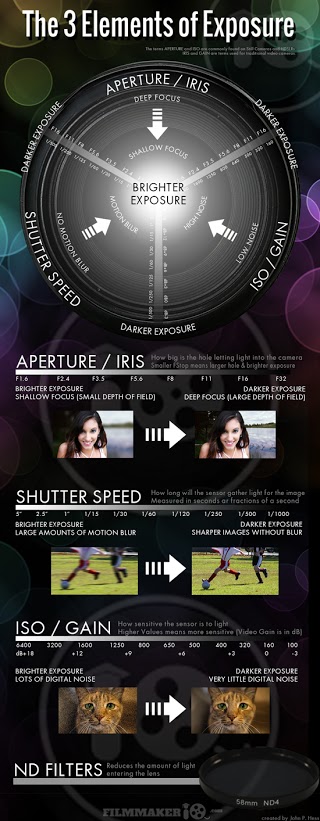Light. Naturally.
/There are two phrases I hear fairly often. "I'm afraid of natural light" and "I just don't understand studio lighting". Unless all of your work is shot in the dark, you are comfortable with at least one or the other. Both is great. As with anything else, the more you really understand every aspect of something, the better you are at it all. Light is light. Our main job as photographers/artists is to harness the light to do our bidding.
So let's look at three example of light and how I used it.
1/100 sec @ f2.8, ISO 250 using a 24-70 L lens at 46mm
You'll see the camera settings under each image. This is just to satisfy your curiosity. Don't make note and expect the same settings in your own unique situation. If the sun was behind a cloud at the time I took this, a few minutes later I'd have to change something to compensate for more light as the cloud moved. You just have to learn over time and practice to know what settings on your camera will give you what look. It needs to become an extension of your minds eye to capture images. I don't get technical with the composition of an image. Other than the light meter built into the camera, I simply adjust everything else to get what I want knowing what settings will give me that look...from experience. That's not to say you shouldn't understand the relationships between shutter speed, aperture, and ISO. But, there are only three and they are pretty basic. Knowing them is one thing. Knowing what combination will give you whatever look you are after is another.
In the shot above I had Marcela placed next to the window and opened it only to give a fresh air feel to the shot. The light was soft because the sun was on the south side of the home and this shot is looking north. That lights up the background and helps blow it out. I don't want people focusing on what species of cactus that is back there. That's not the point of a shot. Most of my work has a lot of bokeh in it because I use that to bring the eyes to the one thing that's in focus. In this case, Marcela's beauty.
I did add some dodge to her to enhance the light reflecting off the bed. This allowed me to give her back her shape in the shadows.
1/200 sec @ f2.2, ISO 100 85mm II prime
Here we went outside and I put the high sun at her back. I don't believe in the use of reflectors myself. It just reflects the sun right back into the model's eyes giving me the squint I'm avoiding by facing her away from the sun in the first place. Her contrast is softer and yet more detailed by not having the blast of full sun on her. If it was cloudy we could shoot from any direction pretty much.
So, we are looking at a speed of 200 and an ISO of 100 so basically we are running fairly slow for outdoors during midday. The fStop is very low so I could blend the home behind her in the bokeh. Another important use of the bokeh here is the branches directly behind her are soft and blurred so her features stand out. Yet the branches in the same focus plane to the left are sharp and further enhance the softness that she has. So we are using the bokeh to define her in the image by using the background effectively.
Again, a little dodging on her legs and hair and face to bring out shape and bring her face out of the shadow of her hair is used. Black stockings always draw me to dodging because it just looks amazing.
1/80 sec @ f2.8, ISO 100 24mm using a 24-70 L lens. Beauty dish with a 15 degree grid.
Here we are mixing natural light with a flash. I wanted the have the windows appear in the image as a distraction in the negative space. To light her up, and only her, I have a 22" beauty dish to my left with a 15 degree grid on it. This gave me a very focused light that is just on her. Of course, this allowed for the reflection to be even brighter because the piano wasn't lit up at all. It takes some study to figure out the piano is even what it is. The natural light coming along the side showing the curves of the piano make it evident.
The lighting position is easy to figure out by the small spot of light off her left shoulder. That gives you an idea of how narrow the 15 degree grid can be. I rarely use it, but this shot wouldn't have been possible without that simple modifier.
So, for those who don't think one should ever mix natural and generated light, fooey! Light is light and it does work. (fooey is a term I use to describe expert opinions based on lack of ability)
So, there is some of my thinking while shooting those particular images. I'm sure Marcela was wondering if I had a clue as I was tripping over cords, opening and closing blinds, And occasionally just standing there looking around and taking in how the light was hitting everything. An interesting side note. Marcela is nude in this shot. Sometimes that adds a bit of emotion to a face when they are in an odd situation. Like pretending to play a piano in the nude.
I hope you found a morsel of inspiration here to try something you aren't used to, or a tip to help. Comment if you did. Or, if you have a fooey to share.





























